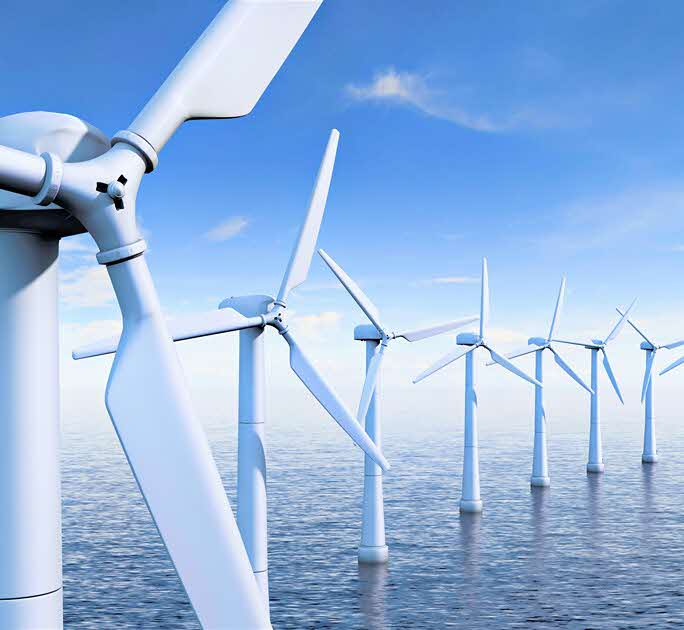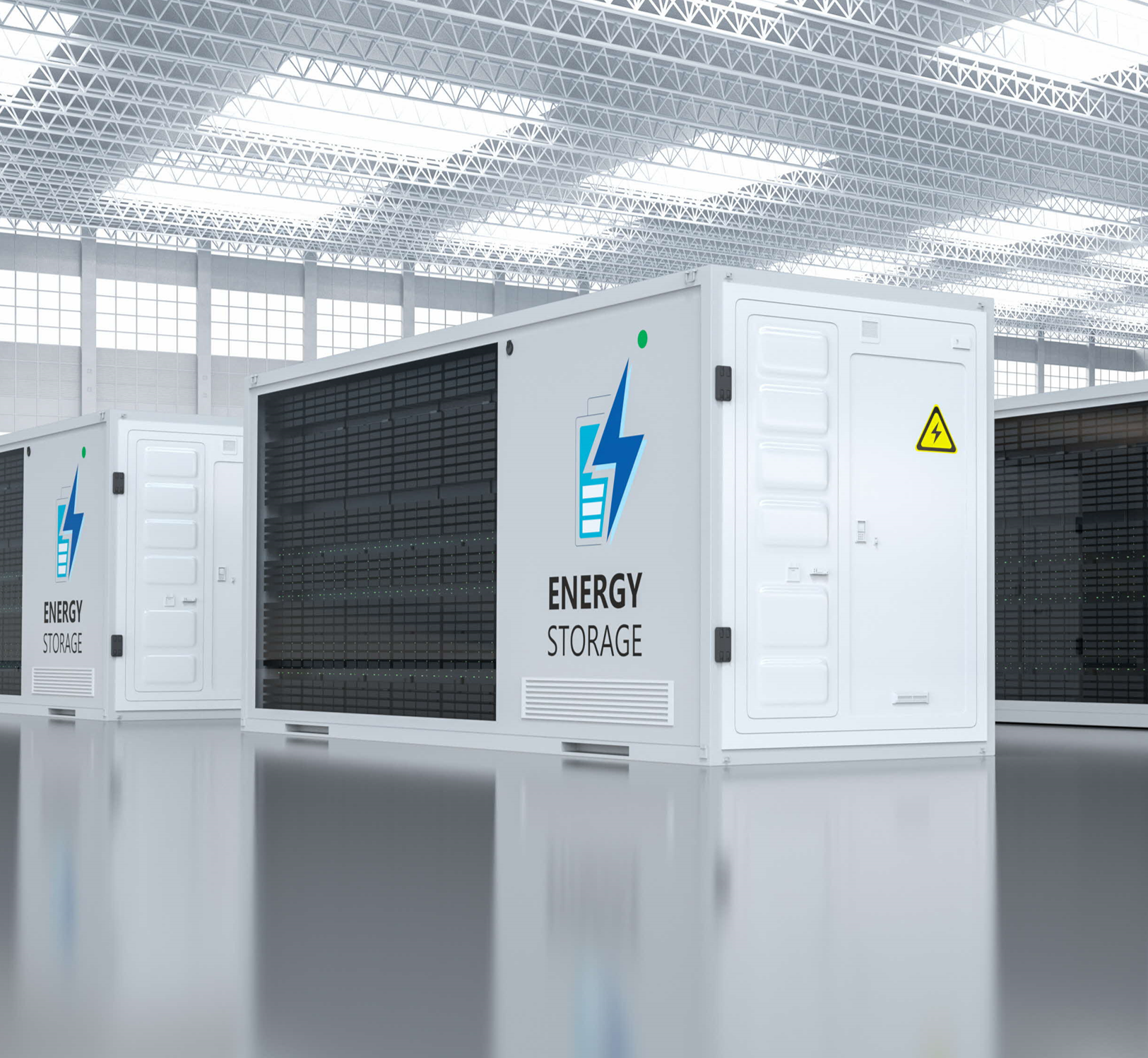Turning palm waste into fuel: Bio-LNG powers the future of Southeast Asia’s energy
For agriculture-rich Southeast Asia, bio-liquefied natural gas (bio-LNG) has emerged as a way to not only cut reliance on fossil fuels but turn waste into a valuable energy resource. It comes at a time when regional demand for LNG is growing rapidly, making innovative financing key in laying the groundwork for bio-LNG and ensuring a viable transition to a low-carbon future.

Over the last two decades, LNG has retained top spot among the world’s fastest growing fossil fuel. According to DBS Group Research, this growth in demand is expected to continue at around 5 per cent per year in the near term, with no signs of demand plateauing in the foreseeable future.
This has largely been driven by emerging Asian economies in South and Southeast Asia, where the volume of LNG imports is expected to hit 529 billion cubic metres by 2050 – a jump from 131 billion cubic metres today.
Given this robust demand for LNG, the largely fossil-fuel-reliant Southeast Asian region is poised to diversify towards its greener cousin – bio-LNG – due to its abundant feedstock and the relative ease of switching from LNG to bio-LNG without costly modifications.
Southeast Asia accounts for the vast majority of global palm oil output, with Indonesia and Malaysia alone producing 85 per cent. This generates significant volumes of palm oil mill effluent and other agricultural residues – reliable feedstock as palm oil is a non-seasonal crop – that can be converted into biomethane.
At the same time, bio-LNG is chemically identical to conventional liquefied natural gas, where it can be used in existing downstream infrastructure, whether in power plants, shipping engines or pipelines. This means that bio-LNG requires zero switching costs as no capex cost is needed for building new plant or modifying existing plants.
“Chemically, bio-LNG is similar to fossil LNG. With that flexibility, bio-LNG can be used to replace fossil LNG at any time, without the need to overhaul existing facilities.”
– Kelvin Wong, Global Head Head of Energy, Renewables and Infrastructure, DBS
Crucially, bio-LNG captures methane emissions that would otherwise escape into the atmosphere, making it a fuel with significantly lower, or even negative, carbon intensity.
The marine sector in the region adds another dimension. Singapore, the world’s largest bunkering hub, supplies a substantial amount of global marine fuel. As international shipping tightens decarbonisation rules, bio-LNG offers shipowners a practical pathway to meet International Maritime Organisation targets while avoiding steep carbon costs.
Financing the greenfield challenge
But despite its potential, scaling up bio-LNG in Southeast Asia remains a challenge. Projects are largely greenfield, requiring new ancillary facilities and supply chains. For instance, there is a need to aggregate the feedstock for production, which is complex as agricultural producers are not traditionally part of the energy value chain. New facilities would then need to be built close to the feedstock source, ideally within 100km, so that the cost of transport does not become prohibitive or erode potential carbon savings.
There is also the issue of cost.
“Even though bio-LNG is cheaper to produce compared to sustainable aviation fuel or green hydrogen, it is still up to 70% more expensive than conventional energy due to a lack of economies of scale and availability of mature technologies.”
– Koh Eng Teh, Executive Director of Strategic Advisory, DBS
Government policy has a role to encourage the take-up of clean energy by building infrastructure or introducing tax incentives to reduce costs of production. Singapore, for example, introduced a carbon tax in 2019 which has nudged companies to move to cleaner sources of energy. But apart from this, there are relatively few regulatory drivers or incentives for bio-LNG across the region.
This leaves financing solutions, and the willingness of banks and investors to step in. For banks, the risks can make traditional corporate lending unsuitable. Start-ups and new ventures often drive bio-LNG development, but they lack the long track records or balance sheets to qualify for such loans.
This is where project financing comes in. Unlike corporate lending, which relies on a company’s overall financial strength, project finance structures the loan around the cash flows and assets of the project itself. This ring-fences risks and allows lenders to look at long-term offtake contracts, feedstock agreements and regulatory approvals as the basis for repayment.
Beyond providing capital, banks can act as facilitators by bringing in equity partners, structuring long-term offtake agreements and engaging with regulators to build supportive policy environments.
“We are not only involved in the project financing,” Wong said, “but also helping clients find the right equity partners to bring projects to financial close and commercial operations. Our close relationships with offtakers, regulators and the wider LNG ecosystem allow us to connect our clients if needed.”
By incubating early projects and proving commercial viability, innovative financial solutions can help catalyse the industry.
Pioneering bio-LNG in the region
One project that the industry is keeping tabs on is the world’s potentially largest and Southeast Asia’s first bio-LNG project with key regulatory permits and approvals in-place. Led by a team of industry veterans, the project in Malaysia aims to convert palm oil mill effluent into liquefied biomethane for export and domestic use, targeting both power generation companies and the shipping sector.
“These entrepreneurs had decades of experience in LNG shipping and engineering, and they saw the opportunity to use Southeast Asia’s palm waste to create sustainable fuel. We were supportive from the start,” said Koh.
Once fully operational in 2030, the project is expected to produce up to 250,000 tonnes of bio-methane gas annually – enough to power 50,000 homes for a year.
DBS’ role in the project was multifaceted. Leveraging its deep sector expertise and regional network across the value chain, the team at DBS brought in equity partners and potential offtakers to ensure that the project structure is bankable, and subsequently advised on a project financing solution. “Throughout the process, we spoke to many investors who were interested but had some reservations given its novelty,” Koh added.
“Our job was not just to support the client, but also to help educate the market. If we can pioneer one deal successfully, others will follow.”
– Kelvin Wong, Global Head Head of Energy, Renewables and Infrastructure, DBS
The future of bio-LNG
Globally, the International Energy Agency (IEA) estimates that there is a potential to produce nearly 1,000 billion cubic meters equivalent (bcme) of sustainable biogases – which is about 25 per cent of the current global demand for natural gas. Meanwhile in Southeast Asia, the IEA pegs biogas potential at around 80 bcme – a sizeable resource if developed sustainably. Yet, only a small portion of this potential is currently being used commercially.
While large-scale deployment will take time, biomethane is expected to form a small but strategic part of the future energy mix – used for grid injection in localised clusters such as industrial zones and cities with pipeline access, as bio-LNG for bunkering and long-haul trucking, and for distributed power or heat in rural and agricultural areas.
Apart from the technical and infrastructural challenges, such projects call for innovative green finance, something which DBS has been developing. As the energy landscape evolves, forward-looking institutions will be key to unlocking the potential of greenfield energy projects such as bio-LNG. By backing the development of green infrastructure and enabling transition pathways, DBS continues to lead the market in shaping a more sustainable energy future.
Find out more at https://www.dbs.com.sg/corporate/industries/power-and-utilities

Call
From overseas: +65 6222 2200
In Singapore: 1800 222 2200
Operating hours: 8.30am to 8.30pm, Mon - Fri (excluding PH)




